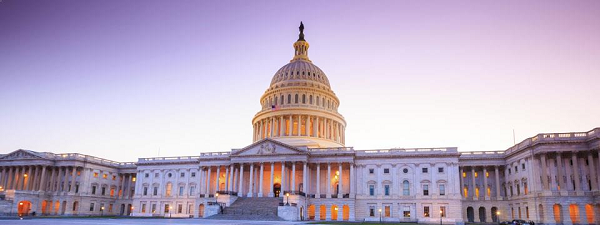They had old-world names like Gussie, Rose, Max, Albina, Morris and Sarafina, and came from the “old countries” like Romania, Russia, Austria and Italy, but they had the same dreams that immigrants have always brought to this country, and continue to bring today: dreams of security far away from violence and persecution, dreams of escape from crippling poverty, dreams of starting businesses, like the immigrant owners of the factory where they worked, dreams of reinventing themselves in countless ways that would have been impossible in the old country.
They were the machine operators, cutters, sleeve setters, tuckers, blouse operators, foremen and foreladies of the Triangle Waist Company, working at a factory off Washington Square in New York. As they prepared to go to work that early spring day–Saturday, March 25, 1911 — they could not know that their impact on their adopted country –indeed their legacy–would be born out of the tragic way in which they died.
The fire at the Triangle shirtwaist factory started in a wastebasket under a table in the cutters’ area on the eighth floor of the building, becoming rapidly uncontrollable, quickly spreading to other wastebaskets as well as to the paper patterns hanging overhead in the factory. Within 30 minutes, the conflagration had decimated the eighth, ninth and tenth floors of the building. Most of the workers on the eighth floor were able to escape by stairs, and those on the 10th floor went up to the roof of the building where many were assisted by a law professor and his students from the neighboring NYU law school building. But the workers on the ninth floor, who had received no warning of the fire, fared the worst of all. Their desperate attempts to exit the burning building were met with locked exit doors, a fire escape that ultimately collapsed from the weight of the collective bodies pushing to leave, and a freight elevator which–after its operators had made several trips back and forth from the burning floors, saving 150 lives–broke down after people jumped into the shaft. Desperate to be rescued by the approaching fire trucks, many workers waited by the windows. But the Fire Department ladders only stretched to the sixth floor, and rather than facing death by fire, dozens of workers leapt to their deaths from the ninth floor of the building. In all, 146 workers died in the Triangle shirtwaist fire, all but 23 of them women, most of them immigrants. The next day, Abraham Cahan, the editor of the Yiddish newspaper The Forward, described the scene in heartbreaking terms:
“Like birds, so many of these young children took off skyward, in twosomes and threesomes they held each other, and leaped away from the flame-filled hell. And that’s how we perceive them yet. In flight they were still alive but one second later and their young bodies smash on the street’s concrete surface and they are no longer! Their young lives are extinguished!”
Today the Triangle fire is remembered by many because it accelerated the rise of the U.S. labor movement and led to the first widespread workplace safety reforms. The tragedy also galvanized the entire community of Manhattan in grief, horror and activism—from the “uptown” Anne Morgan, daughter of J.P. Morgan, who organized other socialites to help the cause of working women, to the Russian immigrant Rose Schneiderman, a cap-maker and union organizer who delivered a riveting and influential speech at the memorial service for the Triangle victims, held a week after the fire. Present at that speech was one Frances Perkins, then a 30 year-old social worker, who happened to be in New York on the day of the fire visiting friends. She later worked on factory safety commissions and ultimately became the first woman to hold a cabinet post–FDR’s Secretary of Labor (and, incidentally, immigration, which was resident in the Labor Department at the time.) Frances Perkins later described the Triangle Fire as “the day the New Deal began.”
That the Triangle fire impacted an immigrant community in particular is, of course, no accident of history. As the immigration law community is well aware, even today as in 1911, so many immigrants work in substandard conditions, willing to take grueling and miserable jobs, in order to pursue their dreams of a successful life on our shores. And as Frances Perkins and others whose life work was inspired by the Triangle Fire realized, our society is really only as good as the way we treat our most vulnerable populations.
Today, on the one hundredth anniversary of the Triangle Fire, take a moment to remember its victims. Think about their vanished aspirations as we work to make the hopes of a newer generation of immigrants a reality, thereby enriching our nation. You can find excellent articles about the history of the fire, as well as information on memorial activities planned, on the New York Times website, as well as the website of The Forward (www.forward.com), which has published both current articles as well as archival material including its own coverage of the tragedy.






